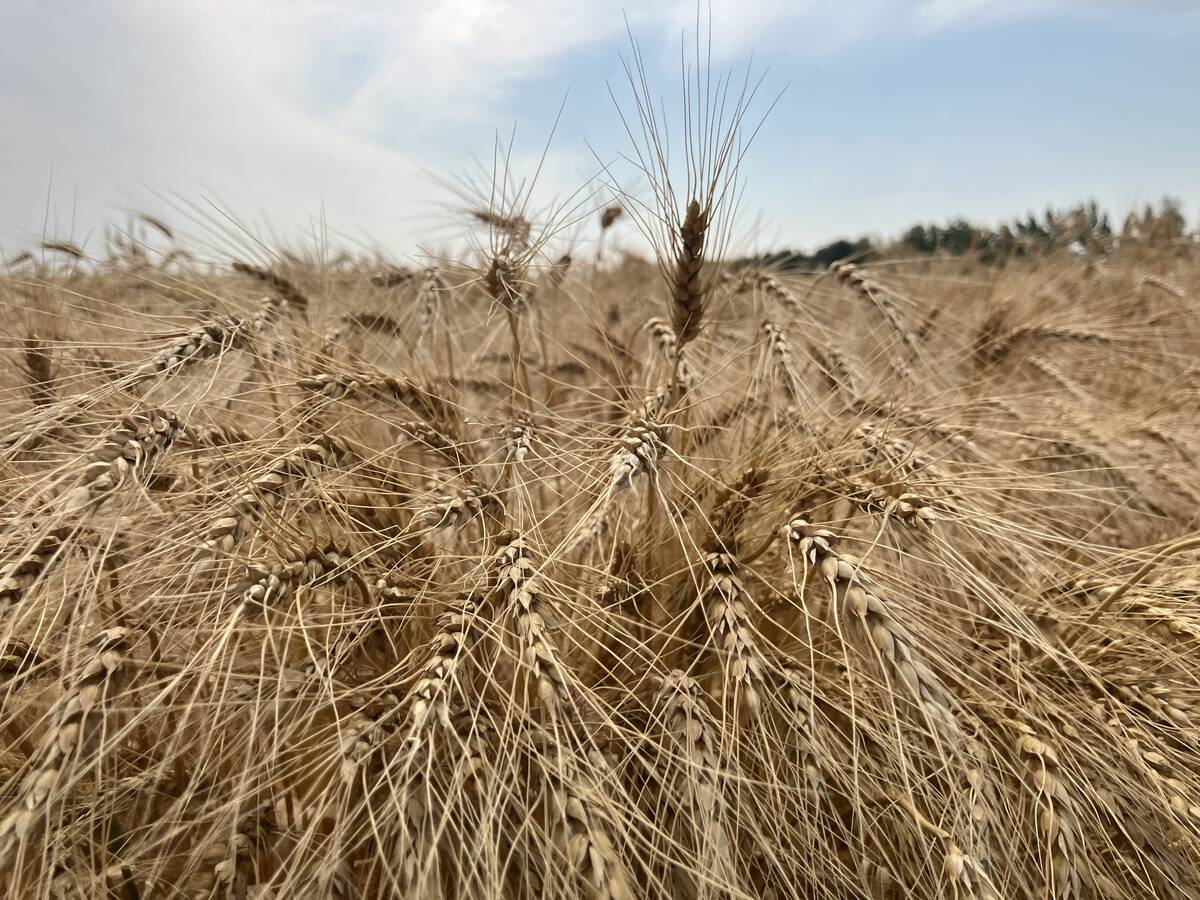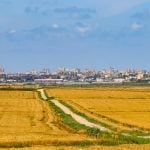LEWVAN, Sask. – High crop yields don’t have to be just a dream.
At a field-scale trial near Lewvan southeast of Regina and another near Norquay in east-central Saskatchewan, researchers are examining how intensive crop management can break traditional yield barriers.
The Field of Dreams projects began in 1999 at Hudye Farms in Norquay. The idea then was to maximize nutrients and minimize weed pressure to obtain wheat yields of 100 bushels per acre and canola yields of 75 bu.
This year, Jeff and Jason Farr, who operate Farr-Mor Fertilizer in Lewvan, seeded a quarter section to Superb wheat and another to InVigor 5020 canola, aiming for yields of 100 and 50 bu. per acre, respectively.
Read Also

Prairie spring wheat looks like a bumper crop
Canada will likely set a new record for spring wheat yields this year, topping the previous mark of 54.1 bushels/acre – set in 2020
At a field day in Lewvan July 27, about 50 farmers heard that the wheat could yield as much as 130 bu. per acre if all the heads fill. The canola is expected to go 25 to 30 bu.
“We knew it was going to be tough to get the yield goal (in canola),” said Robyn Morley, an Agri-Trend Agrology associate contracted to Farr-Mor.
She said the canola was drowned this year and couldn’t recover.
However, the wheat goal will be met, she added, even if all the heads don’t fill. An average yield in the area is 45 to 60 bu. per acre.
Morley said farmers attending the field day learned they should know more about crop micronutrients such as zinc, copper and boron.
“It takes more than just those four nutrients, N, P, K and S, to produce a crop.”
Part of her job is to take weekly tissue samples to keep track of how the crops use specific micronutrients, such as boron.
“With wheat, boron is necessary for viable pollen,” Morley said. “Ours was pretty low in some points.”
Canola needs a continuous supply of boron and a deficiency shows up in the form of blank spaces in pods.
In normal practice, tissue samples would probably be taken twice a year, Morley said, at the three to four leaf and pre-flowering stages.
Knowing nutrient levels between those two points might prompt farmers to apply a micronutrient along with an insecticide, fungicide and herbicide, she added.
Final results from the Lewvan fields will be available after harvest.
Agri-Trend president Rob Saik said the idea is to obtain a lower unit cost of production. Farmers using these methods might spend $200 to $270 per acre.
“If we attain the yields, it’s a cakewalk,” he said in an interview.
He cited one example where cost of production for canola dropped from $6.50 to $4.28 per bu.
Saik said farmers have reached a yield barrier and more nitrogen isn’t the answer.
“They have to look at seeding rates, depth, fertility,” he said.
Agri-Trend is working with farmers on similar projects across Canada.
Meanwhile, results at Norquay have varied since the project began, largely because of weather.
For example, in 2001 the area received less than half the average growing season rainfall of 250 millimetres.

















